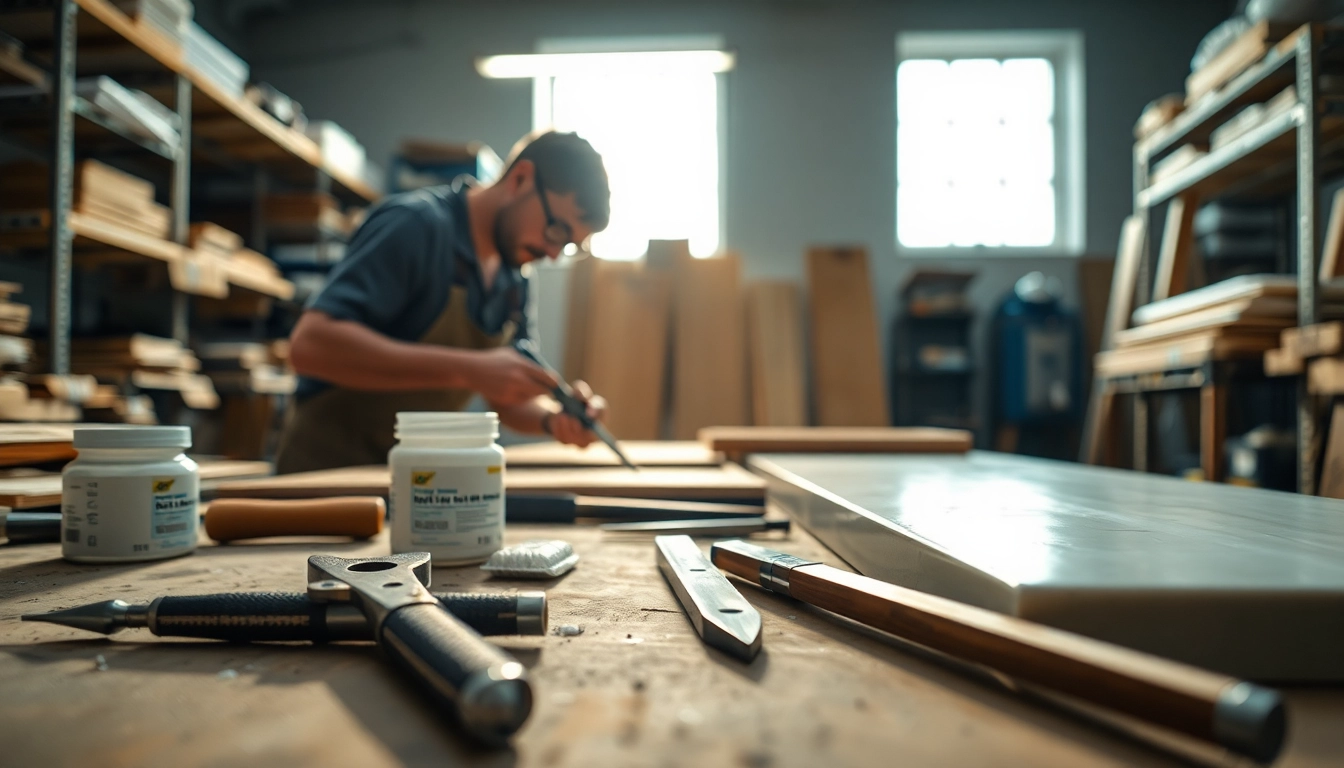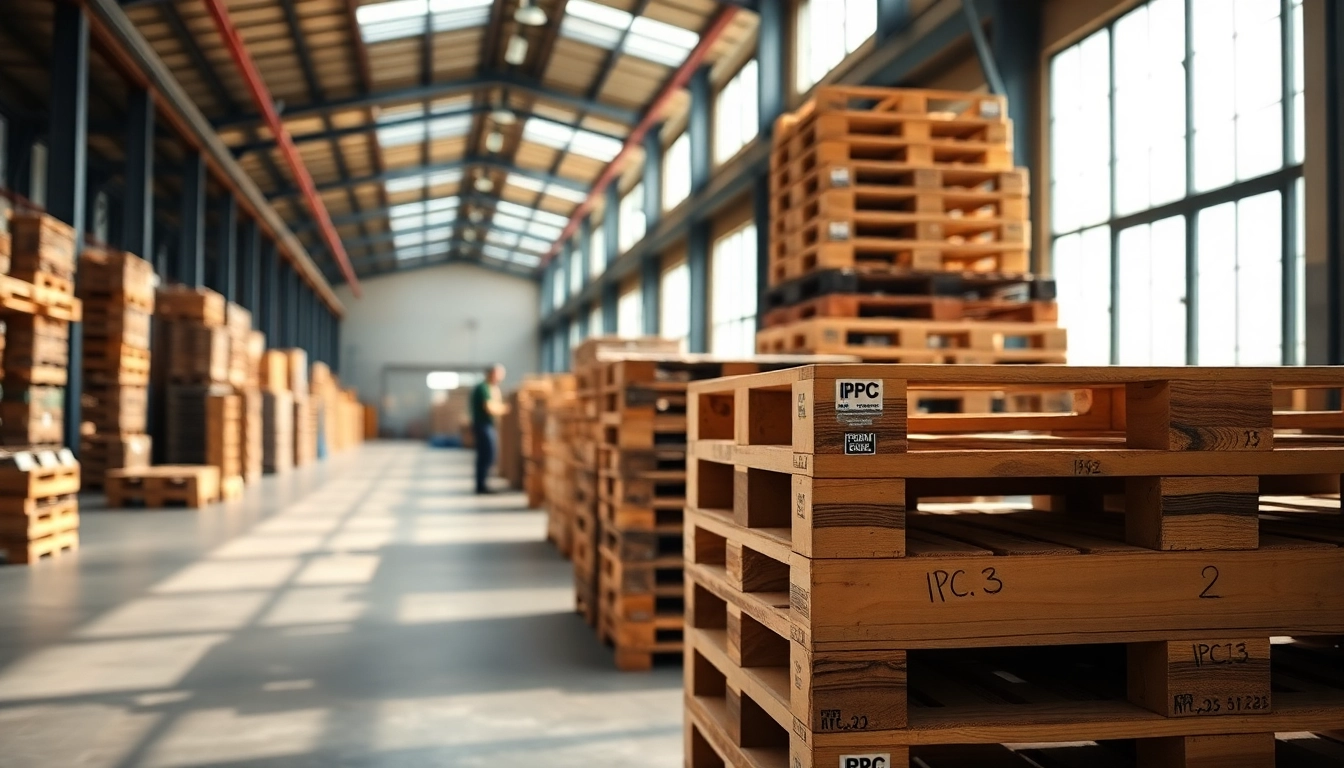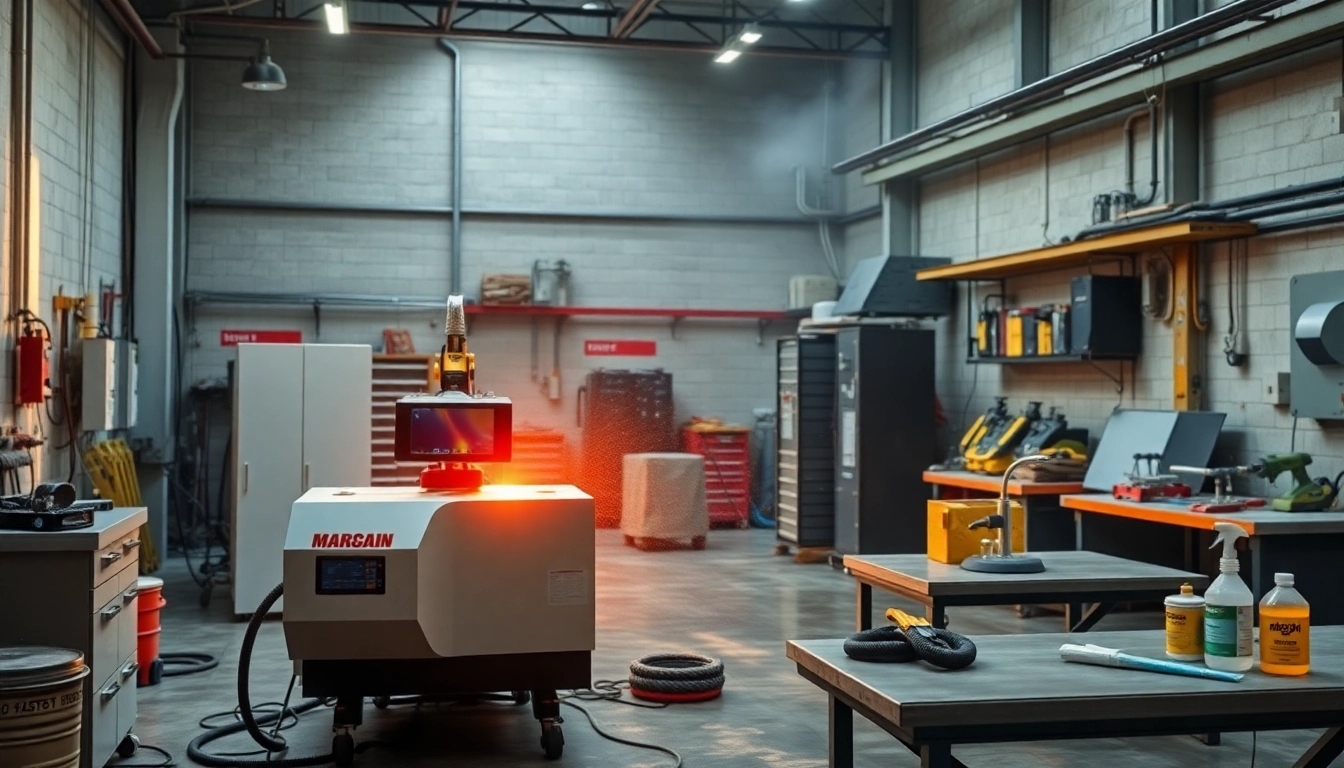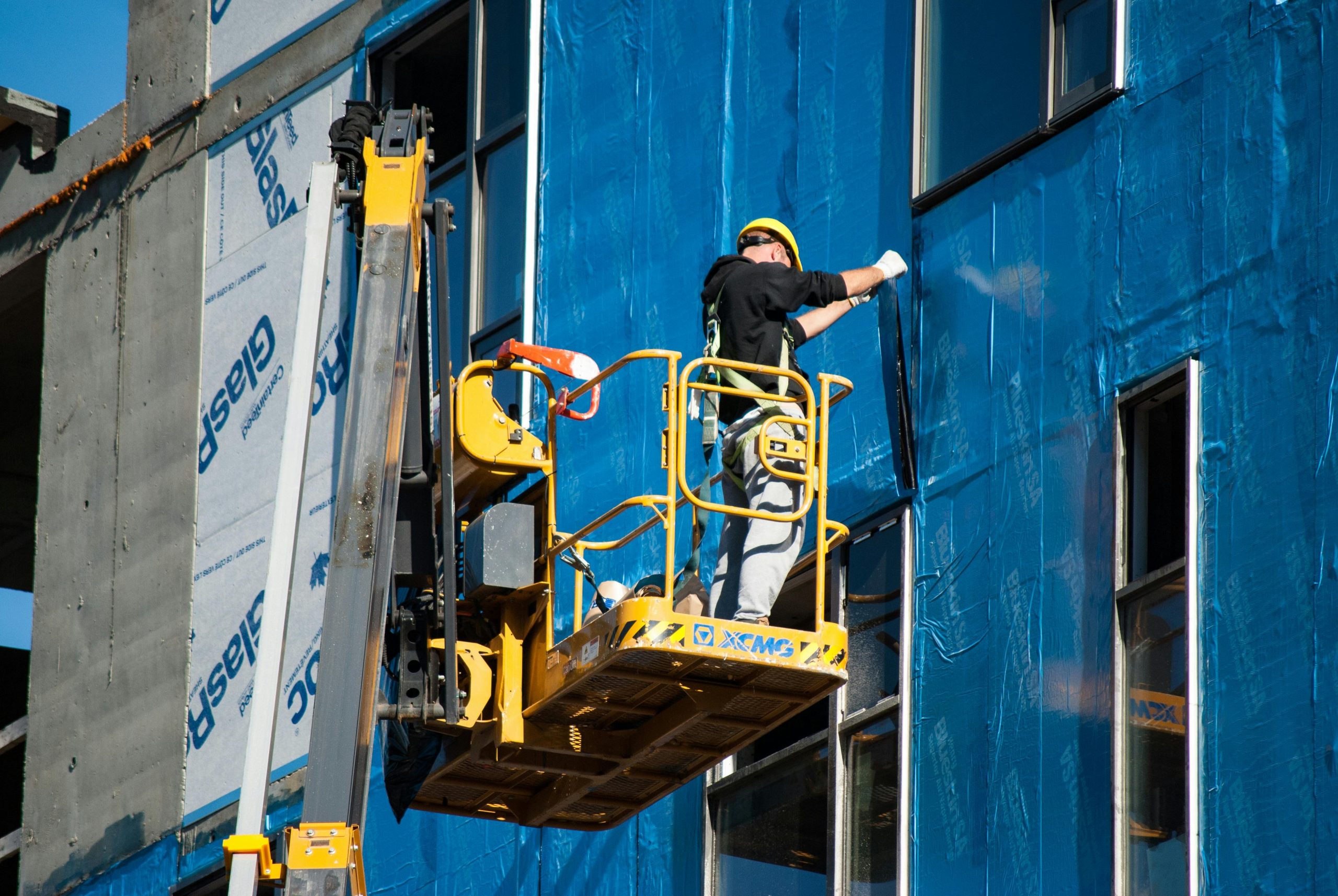Understanding Laminating Resin and Its Uses
What is Laminating Resin?
Laminating resin is a specialized type of resin used to bond multiple layers of materials together. Typically, it is composed of unsaturated polyester or epoxy resins, which harden when mixed with a catalyst. Laminating resins are vital in various applications where strength and durability are necessary, particularly in the construction of composites and fibers. Their adhesion properties allow them to keep layers firmly in place, especially during the curing process.
The formulation of laminating resin ensures flexibility and resistance to environmental factors, making it suitable for applications ranging from marine structures to automotive components. The correct selection and application can significantly enhance the performance and longevity of the final product.
Common Applications of Laminating Resin
Laminating resin is versatile and widely used across several industries, including:
- Marine Construction: It is perfect for boat hulls, decks, and other structures where water compliance is crucial.
- Aerospace: The lightweight nature of laminating resin combined with its strength makes it ideal for aircraft components.
- Automotive: Used in body parts and components to enhance durability while minimizing weight.
- Construction: Used in strengthening materials for buildings and infrastructure, making it a popular choice in construction applications.
- Arts and Crafts: DIY enthusiasts often utilize laminating resins for various projects, including artwork and home improvements. Many use laminating resin for creating stunning finishes.
How Laminating Resin Differs from Other Resins
While various types of resins exist, laminating resin stands out primarily in its intended use and formulation. Here’s a breakdown of how it differs from other types of resins:
- Laminating Resin vs. Coating Resin: Coating resins are essentially designed for surface protection and are thinner, while laminating resins are thicker and meant for layering materials.
- Laminating Resin vs. Adhesive Resin: Adhesive resins are primarily used to bond surfaces, while laminating resins create structural integrity through layering.
- Laminating Resin vs. Casting Resin: Casting resins are formulated for molding applications, whereas laminating resins focus on reinforcement and binding materials.
Choosing the Right Laminating Resin for Your Project
Types of Laminating Resin Available
When selecting a laminating resin for your project, understanding the available types is crucial:
- Polyester Laminating Resin: This type is cost-effective and widely used in boat manufacturing and other composite applications due to its accessibility and strength.
- Epoxy Laminating Resin: Renowned for its superior strength, flexibility, and moisture resistance, epoxy laminating resin is often preferred in aerospace and high-performance applications.
- Vinyl Ester Laminating Resin: Known for its chemical resistance and durability, this type is often used in environments where exposure to aggressive substances is expected.
Factors to Consider When Selecting Laminating Resin
Choosing the correct type of laminating resin involves several considerations, including:
- Application Requirements: Understand the specific needs of your project, such as strength, flexibility, and waterproofing.
- Curing Time: Different resins have varying curing times, which may affect your project timeline.
- Environmental Resistance: Determine if the laminate will encounter chemicals, UV rays, or moisture. This could guide your choice toward materials that resist these elements.
Cost-Effectiveness of Different Laminating Resin Types
The cost of laminating resin can vary significantly between types, from polyester to epoxy and vinyl ester. While polyester laminating resin is usually the most economical, epoxy variations can offer greater durability and moisture resistance, justifying their higher price in specific applications. It’s essential to assess not only the initial cost but also the long-term benefits and performance of each resin to determine the overall cost-effectiveness.
Step-by-Step Guide to Using Laminating Resin
Preparing Your Workspace for Laminating Resin Application
Effective preparation is critical for a successful lamination project. Follow these steps:
- Choose a Suitable Area: Select a well-ventilated space free from dust and debris.
- Gather Materials: Collect all necessary tools, including mixing containers, brushes, rollers, and safety gear.
- Safety Gear: Always wear gloves, goggles, and a mask to protect yourself from fumes and spills.
Techniques for Perfect Application of Laminating Resin
Successfully applying laminating resin requires skill and technique:
- Mixing: Thoroughly mix the resin with the appropriate catalyst according to the manufacturer’s instructions.
- Layering: Apply a thin layer of resin to the surface, then lay your fiberglass or reinforcement material on top. Ensure you saturate the material adequately.
- Bubble Removal: Utilize a roller or a brush to eliminate any air bubbles trapped within the layers, as they can compromise the integrity of the laminate.
Tips for Curing Laminating Resin Effectively
To ensure your laminating resin cures correctly:
- Temperature Control: Maintain a stable temperature in the environment where curing takes place, as extreme fluctuations can affect the curing process.
- Time: Allow sufficient curing time as specified by the manufacturer’s guidelines before moving or disturbing the laminated structure.
- Post-Curing: In some applications, a post-curing stage under controlled heat can enhance the final properties of the laminated composite.
Best Practices for Working with Laminating Resin
Safety Precautions When Handling Laminating Resin
Working with laminating resin requires strict adherence to safety protocols:
- Ventilation: Always work in a well-ventilated area to mitigate exposure to harmful fumes.
- Protective Equipment: Wear gloves, goggles, and a respirator to safeguard against chemical contact and inhalation.
- Spill Management: Have a plan for managing spills and accidents, including appropriate clean-up materials.
Maintenance of Tools and Equipment Used with Laminating Resin
Proper maintenance of tools is essential to ensure the longevity and performance of your resin application tools:
- Cleaning: Immediately clean brushes, rollers, and mixing containers after use to prevent the resin from hardening on the tools.
- Storage: Store unused resin under recommended conditions to maintain its efficacy for future use.
Common Mistakes to Avoid in Laminating Resin Projects
Avoiding common pitfalls can help ensure successful outcomes in your projects:
- Not Following Instructions: Each type of resin has specific guidelines for mixing and application; deviation can lead to failures.
- Skipping Safety Measures: Always prioritize safety to avoid accidents or health issues caused by exposure to fumes.
- Ignoring Environmental Conditions: Factors such as humidity and temperature can adversely impact the curing process—pay attention to these parameters.
Innovations and Trends in Laminating Resin
New Developments in Laminating Resin Technology
The field of laminating resin technology is ever-evolving, with continuous innovations enhancing performance characteristics. Advancements include new formulations that provide faster curing times, improved mechanical properties, and enhanced resistance to environmental factors.
One notable trend is the development of bio-resins, derived from renewable resources to promote sustainability while delivering high-performance characteristics. These innovations strive not only to meet industrial needs but also to address ecological concerns.
Sustainable Practices in Laminating Resin Production
As industries increasingly focus on sustainability, practices are shifting toward the use of eco-friendly manufacturing processes. This includes utilizing recycled materials in the production of laminating resins, reducing waste through efficient application techniques, and minimizing energy consumption during curing. Furthermore, the exploration of natural additives and bio-based resins promises a more sustainable future for the laminating resin industry.
Future of Laminating Resin in Various Industries
The future of laminating resin looks promising, with ongoing research and development leading to new applications across several sectors. As industries pivot toward lightweight composites for better energy efficiency and durability, the demand for high-quality laminating resin will likely increase. Innovations in resin formulations will continue to address the challenges of weight reduction while enhancing overall product performance, thus unlocking new possibilities in aerospace, automotive, marine, and construction applications.















Leave a Reply